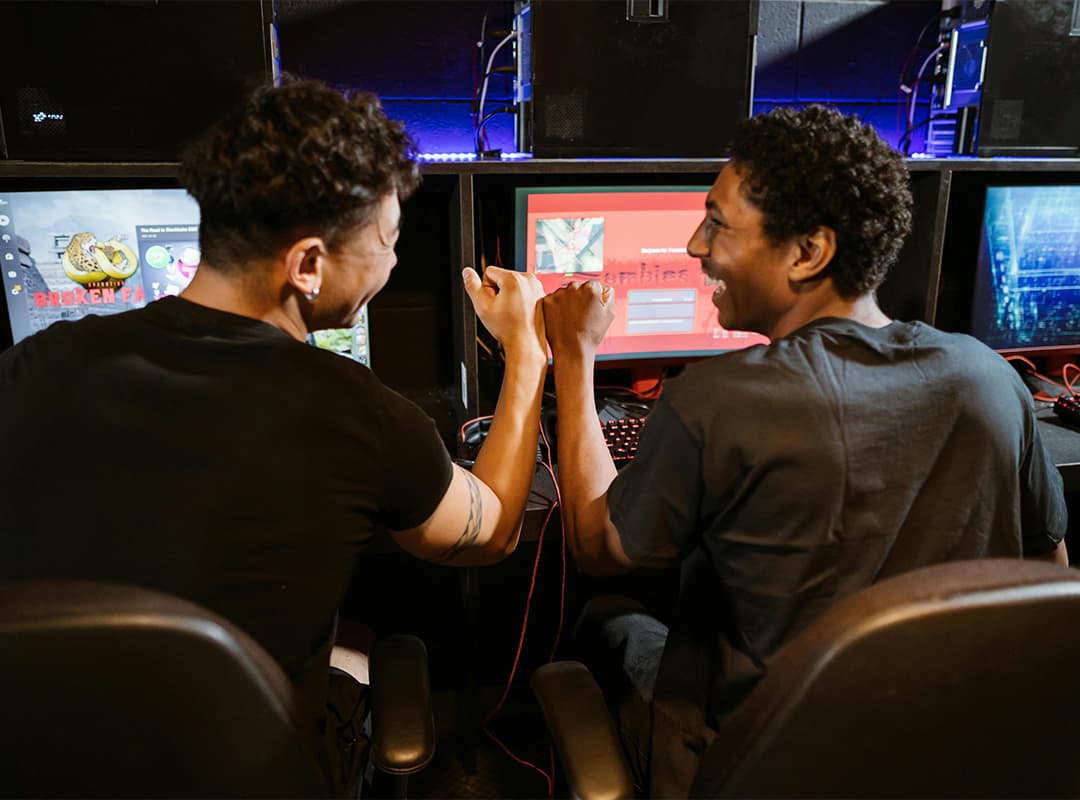The evolution of Web3 games began alongside the early significant stages of blockchain technology development, particularly with Ethereum, in the early 2010s. This period marked a pivotal moment in the gaming and digital asset landscape, setting the foundation for a new era of decentralized gaming experiences.
The Emergence of CryptoKitties
One of the first notable gaming projects in the Web3 space was CryptoKitties, which launched in 2017. This “collectible” crypto game allowed players to acquire, breed, and trade digital cats, each represented as a unique asset on the Ethereum blockchain. CryptoKitties was revolutionary because it demonstrated that in-game items could have real-world value. The game’s popularity surged rapidly, even congesting the Ethereum network at times, highlighting both the potential and challenges of blockchain gaming.
CryptoKitties was more than just a game; it was a proof of concept for the potential of non-fungible tokens (NFTs). It became a catalyst for the broader adoption of blockchain technology and NFTs in the gaming industry. Players could own their in-game assets in a verifiable and secure manner, independent of any central authority, thanks to the underlying blockchain technology.
The Expansion and Innovation in Web3 Gaming
As blockchain technology continued to evolve, it started being utilized by an increasing number of games, paving the way for the expansion and scaling of Web3 gaming. The success of CryptoKitties inspired a new wave of games, each bringing unique innovations to the Web3 universe.
Among these, Axie Infinity emerged as a leading game, combining elements of strategy, breeding, and battle, allowing players to earn tokens through gameplay. Decentraland, another pioneering project, introduced a decentralized virtual world where users could buy, develop, and sell parcels of land, essentially creating a virtual real estate market. Lost Relics offered an action-adventure RPG experience with blockchain-based loot, providing a seamless integration of traditional gaming elements with blockchain technology.
These games collectively highlighted the potential of Web3 to revolutionize the gaming industry. By leveraging blockchain, they offered players true ownership of in-game assets, verifiable scarcity, and new economic opportunities. They also showcased the power of decentralized platforms, where users have more control over their digital experiences and assets.
As the Web3 gaming ecosystem continues to grow, new projects and innovations are constantly emerging. The integration of blockchain technology in games has opened up possibilities for new genres, business models, and community-driven development. Whether through NFTs, play-to-earn mechanics, or decentralized governance, Web3 games are reshaping the future of gaming.
For those interested in exploring the current landscape of Web3 games and projects, using a link explorer can provide valuable insights and data. These tools help users navigate the blockchain, verify transactions, and explore the intricate details of various projects.
The journey of Web3 gaming has just begun, and with continuous technological advancements and growing community support, the future looks promising for gamers and developers alike. The possibilities are vast, and the impact of Web3 on gaming is only expected to deepen as the technology matures.




